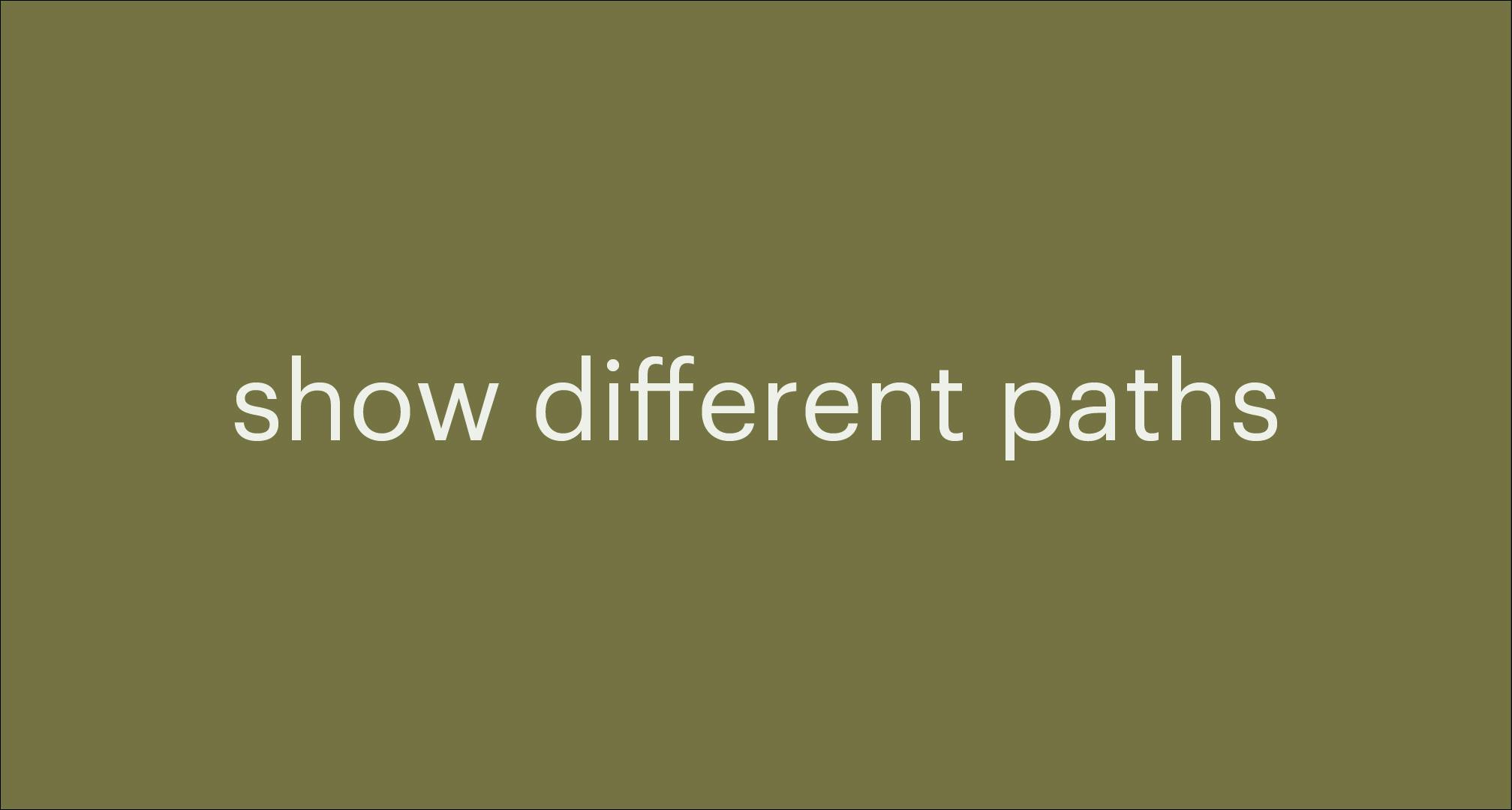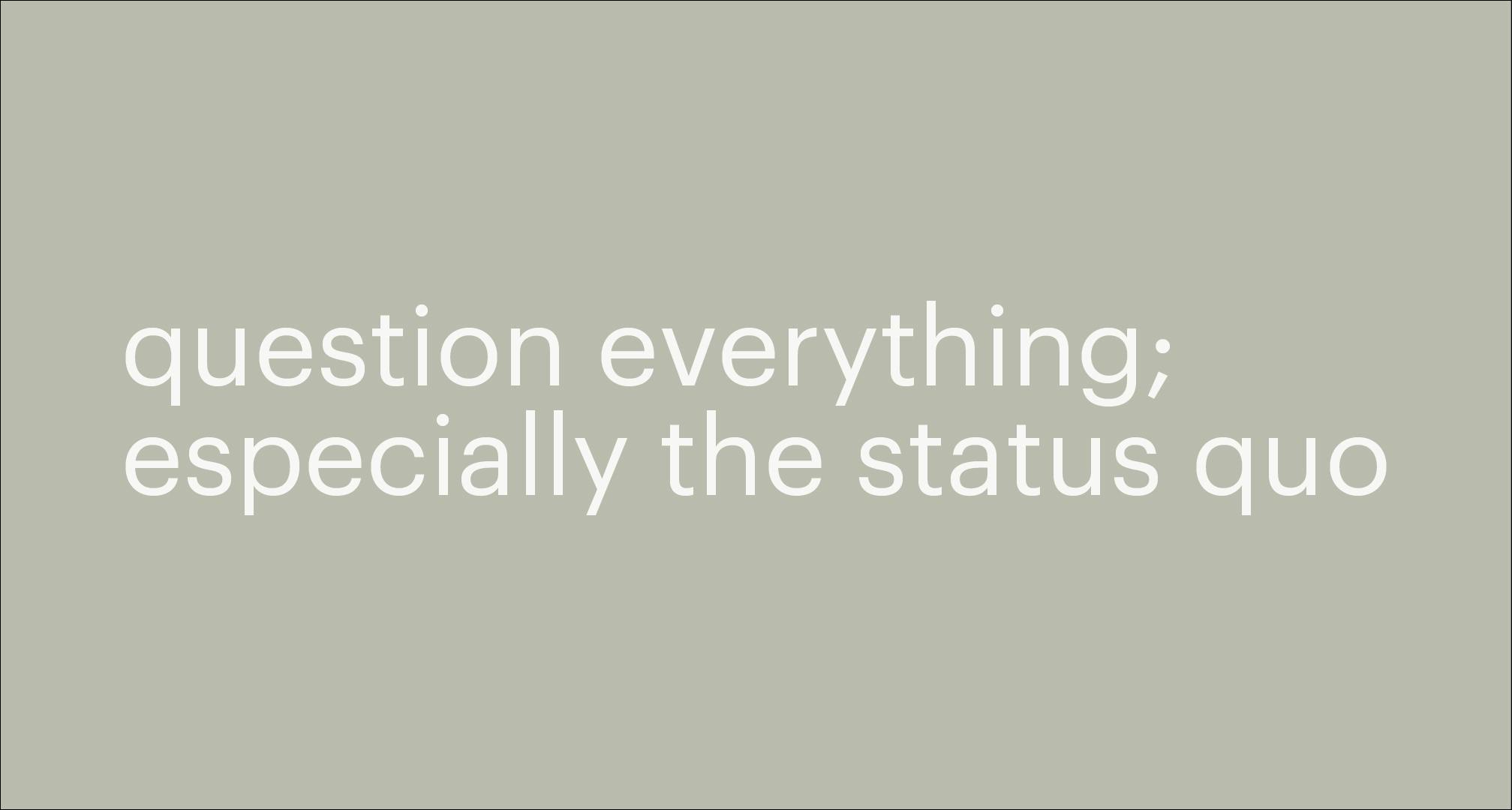
Six ways to be a more sustainable design practice
Inspired by the 'Waste Not Want Not' exhibition, Viaduct and designer activist Sophie Thomas pulls together 6 points for consideration to help you advance your sustainable practice.
Related Stories
Welcome to Viaduct
Want to be first to hear the latest news, special offers and insights from Viaduct? Sign up to our email newsletter. You can unsubscribe at any time, view our privacy policy here.





